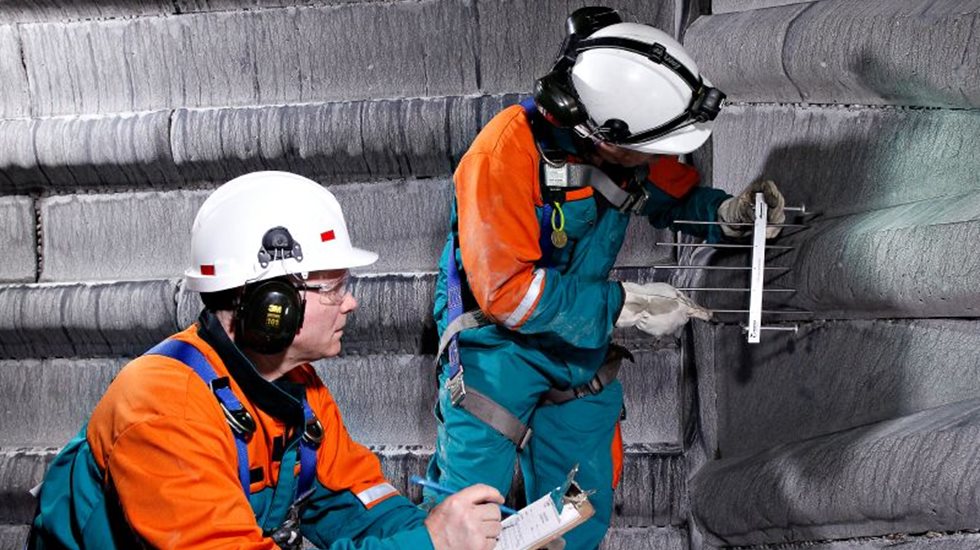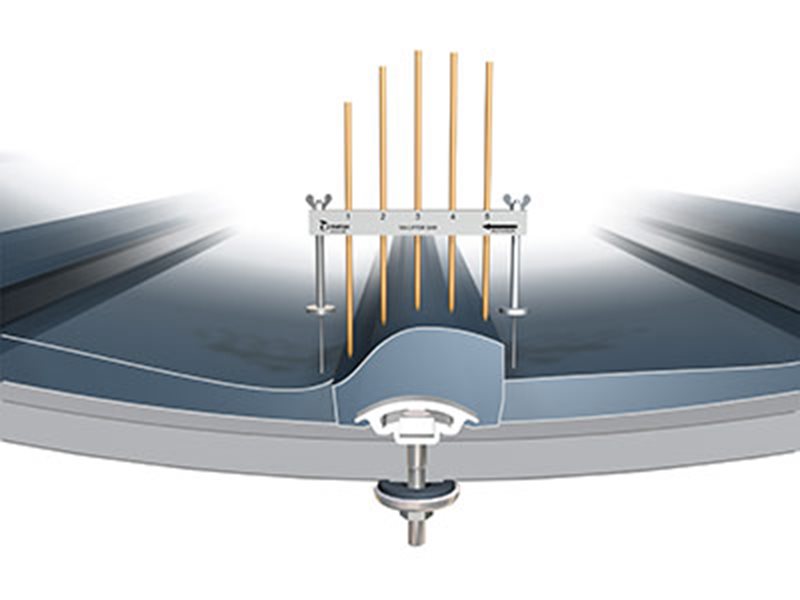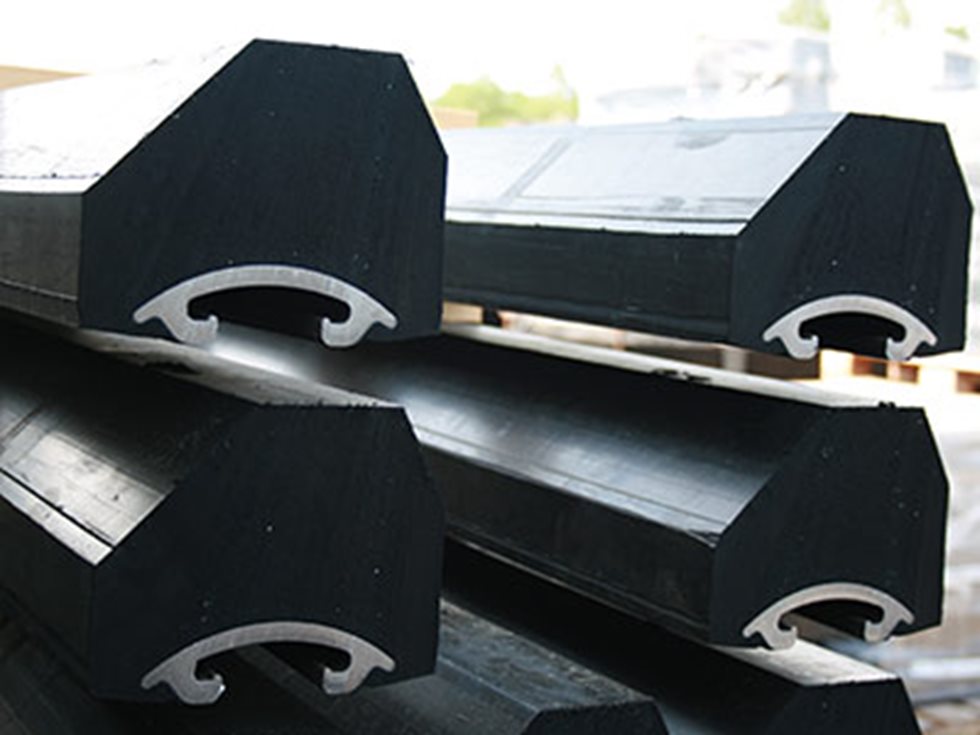Our rubber mill linings are individually designed, based on the operating conditions of each specific application. In some cases, however, it may be economically practical to extend the wear life of a lining by repositioning strategic lifter bars and plates to achieve uniform wear over the entire life-cycle.
To avoid unexpected production disturbances, we recommend that the lining be inspected (and wear measurements be taken) at regular intervals in order to estimate the time when the liners may need to be repositioned or replaced.
Inspection schedule
We recommend that the condition of a rubber mill lining be inspected at approximately the intervals mentioned in the inspection schedule below (preferably in connection with planned stops).
We suggest that an inspection schedule be established immediately upon installation of a rubber mill lining.



